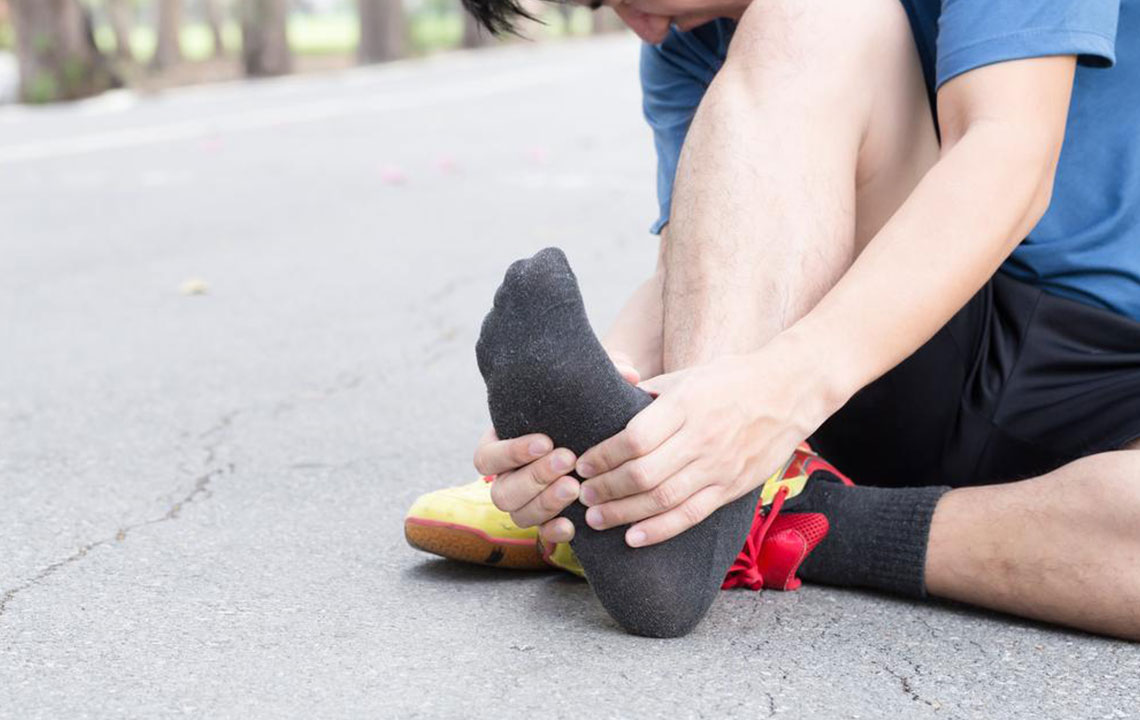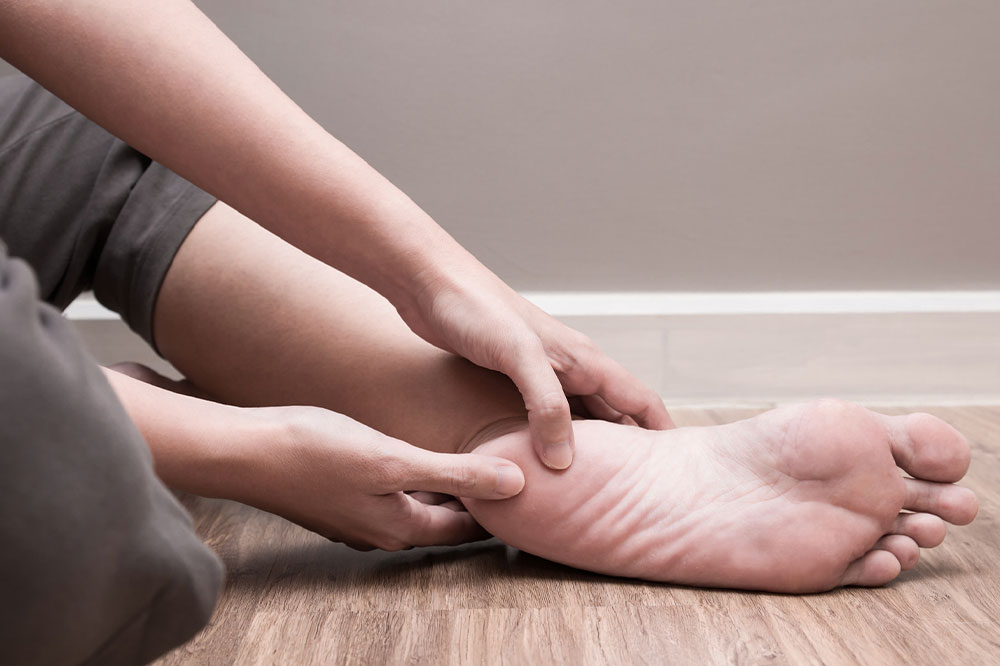Effective Strategies for Managing Plantar Fasciitis
Discover comprehensive treatments for plantar fasciitis, including early interventions like stretching, supportive footwear, and medical options such as ultrasound and surgery. Understanding causes, symptoms, and effective management strategies can help relieve heel pain and restore daily function. Consult healthcare professionals for personalized diagnosis and treatment plans to prevent prolonged discomfort and promote foot health.

Effective Strategies for Managing Plantar Fasciitis
Plantar fasciitis occurs when the tissue band beneath the foot becomes thickened, leading to pain and discomfort.
This condition can result from recent injuries or cumulative minor damages over time.
Understanding Causes and Initial Treatment Approaches
To effectively treat plantar fasciitis, it's essential to identify and address its underlying causes to prevent further damage. Various factors can contribute to this condition.
Preventing aggravating factors is key to effective treatment. Women are more commonly affected, but men can develop plantar fasciitis. Common risk factors include:
Excess weight
Sudden increase in exercise intensity or new physical activities
Prolonged standing on hard surfaces
Autoimmune conditions like rheumatoid arthritis or lupus
Wearing high heels or transitioning suddenly to flat shoes
Worn-out footwear with poor arch support
Flat feet or high arches
Leg length discrepancies or abnormal gait patterns
Tight Achilles tendons or heel cords
Identifying Symptoms of Plantar Fasciitis
The primary symptom is heel pain, especially in the morning or after activity.
Common signs include:
Discomfort in the bottom of the foot, particularly near the heel
Pain that peaks upon first waking and improves with walking
Pain triggered by pressure or certain foot positions
Seeking Medical Advice
If heel pain persists, worsens, or is accompanied by redness or bruising, consult a healthcare professional promptly.
How Diagnosis is Made
Doctors typically examine the painful areas and may order X-rays to rule out stress fractures. They may press on the foot to identify specific pain points. The distinctive pain characteristics include pain upon waking, relief after some walking, and localized pressure sensitivity.
Goals of Treatment
Alleviate inflammation and heel pain
Enhance foot strength and flexibility, correcting issues
Support the healing of small tears in the plantar fascia
Restore normal daily activities
Treatment Options for Plantar Fasciitis
Various methods can effectively reduce symptoms and promote healing.
Early-Stage Interventions
Rest your feet: Limit activities that worsen heel pain, such as walking or running on hard surfaces.
Apply ice packs: Use on painful areas to reduce swelling and pain.
Use cushioned heel pads: Soft inserts can provide extra comfort.
Stretch regularly: Perform stretching exercises multiple times daily to elongate the Achilles tendon.
Wear supportive shoes: Choose footwear with good shock absorption and proper arch support.
Avoid walking barefoot: Walking without support can intensify discomfort.
Night splints: Worn during sleep to keep the foot in a position that prevents shortening of the fascia.
Ultrasound therapy: To decrease inflammation and accelerate healing.
Steroid injections: May provide relief but should be used cautiously to avoid side effects.
Surgical procedures: Such as plantar fascia release, performed if other treatments fail.









